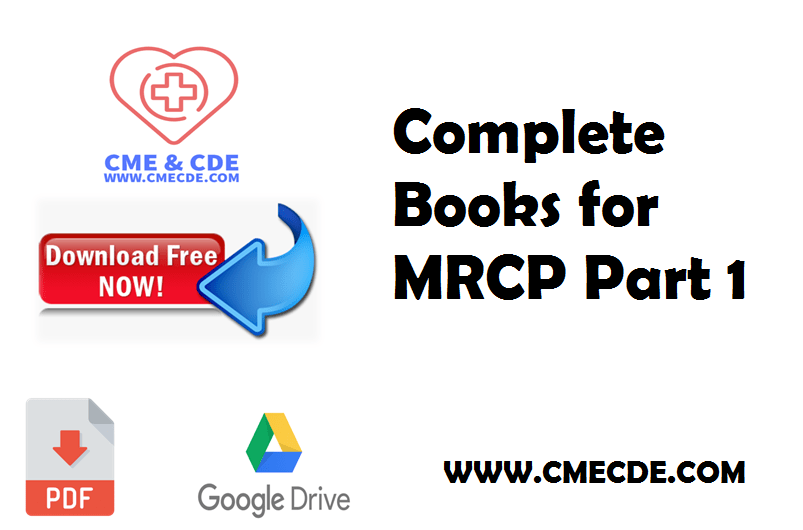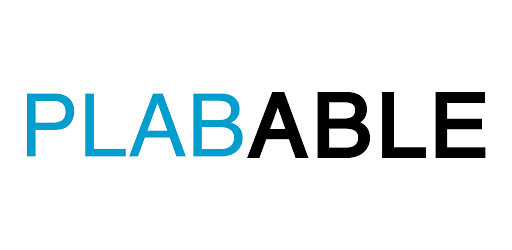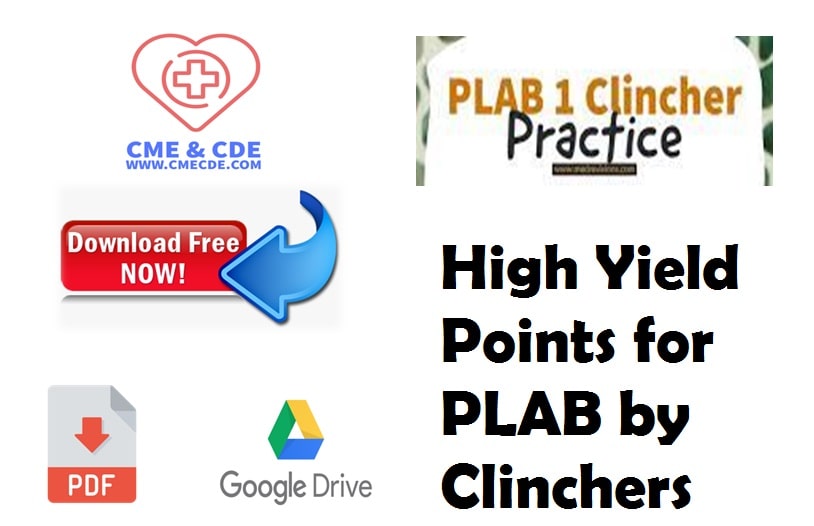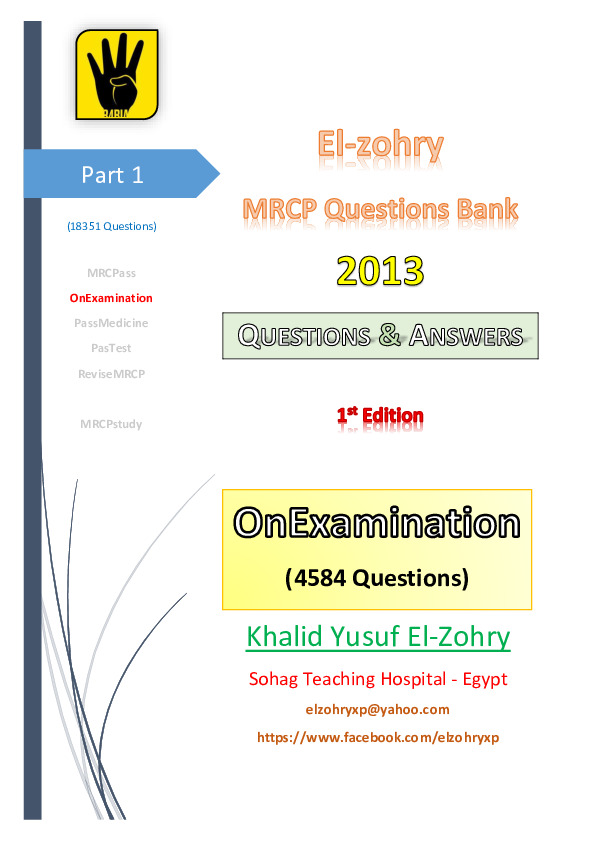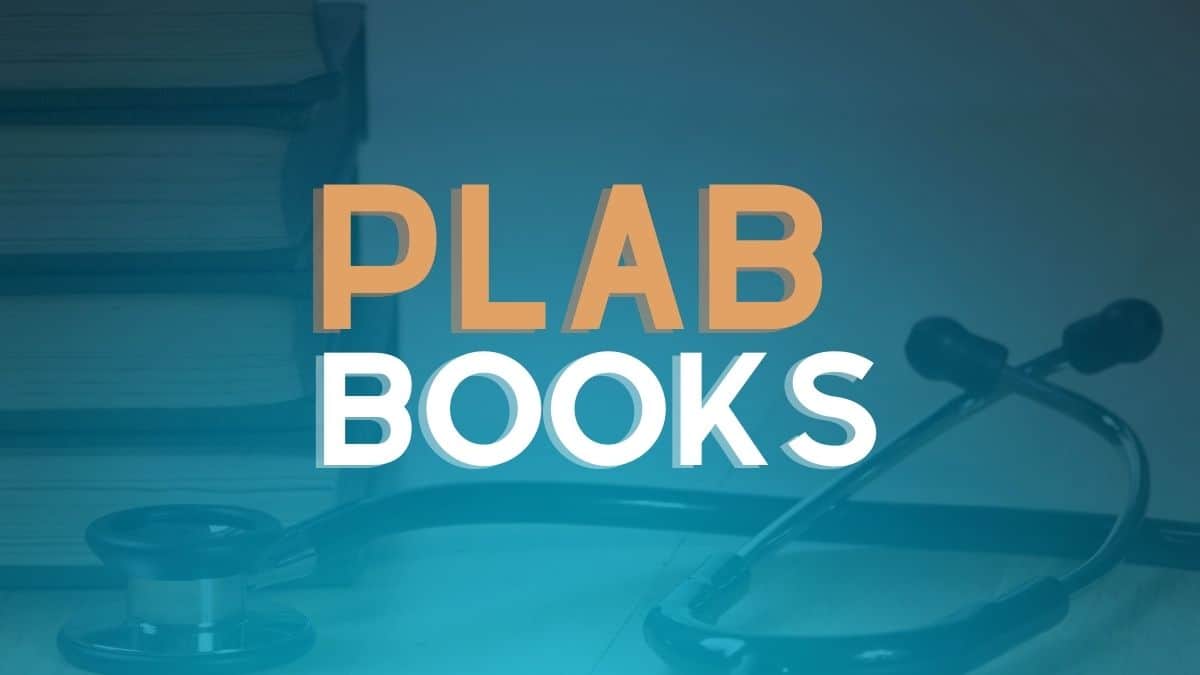Australian Medical Council Exam Recall Questions (Medicine 2005-2009) with Answers and Explanations
Download Australian Medical Council Exam Recall Questions (Medicine 2005-2009) with Answers and Explanations
Today in this post we will share True Recall Questions of Australian Medical Council Exam of Paediatrics (2005 to 2009) with Keys and Explanations.
GIT:
A young medical student, who has started his clinical postings, comes to because his
colleagues noticed a yellowish, tinge to his sclera. On examination he is normal except for the
yellow sclera. Investigations showed:
Total bilirubin—Elevated
Direct bilirubin – Elevated
Direct bilirubin > (Total – Direct bilirubin)
Which of the following is most likely?
a) Gilbert’s syndrome
b) Haemolytic jaundice
c) Ca Pancreas
d) Hepatitis
e) Carotenemia
Ans: Hepatitis
In hemolytic jaundice indirect Br is elevated associated with elevated reticulocyte count and Br
level rarely goes beyond 4mg/dl unless other pathology is associated.
Age is most significant risk factor for pancreatic cancer. In the absence of predisposing
conditions, such as familial pancreatic cancer and chronic pancreatitis, pancreatic cancer is
unusual in persons younger than 45 years. After age 50 years, the frequency of pancreatic
cancer increases linearly (http://emedicine.medscape.com/article/280605-overview).
In hepatitis the prodormal phase precedes the icteric phase and there is abrupt onset of fever
and vomiting, malaise, headache (JM p.624) and after that icterus appears.
Carotenemia is condition caused by excess carotene in the body due to ingestion of vegetables.
The yellowish discoloration is distributed un-uniformly in this condition; especially in the palms,
soles and nasolabial fold and characteristically sparing the sclera (Harrison p.238).
Gilbert Syndrome is characterized by mild unconjugated hyperbilirubinemia where indirect Br is
usually below 3mg/dl and uncinjugated (Harrison p.1819).
CVS:
A young man has a syncopal attack while weight lifting. He has had similar episodes twice
before. His father died of cardiac disease. What is the most appropriate management?
a) Holter monitor
b) Echocardiogram
c) Stess test
d) BP in supine & lying down
e) CT scan
Ans: Echocardiogram.
Hypertrophic cardiomayopathy is 60%cases follow AD inheritance. Dyspnoea, angina, palpiation,
pre syncope and syncope can occur (Kaplan p.152) after exercise even in the resting periods
also. Sudden death can occur in this condition. Asymmetric left ventricular hypertrophy
associated with septal hypertrophy is the features of HOCM (Harrison p.1410). ECG shows left
ventricular hypertrophy and pseudo Q wave but Echocardiogram is the best diagnostic modality
(Kaplan p.153).
Dyspnoea is most common symptom.
Systolic ejection murmur, become louder in valsulva, heard best over apex, jerky carotid pulse,
double apical pulse.
